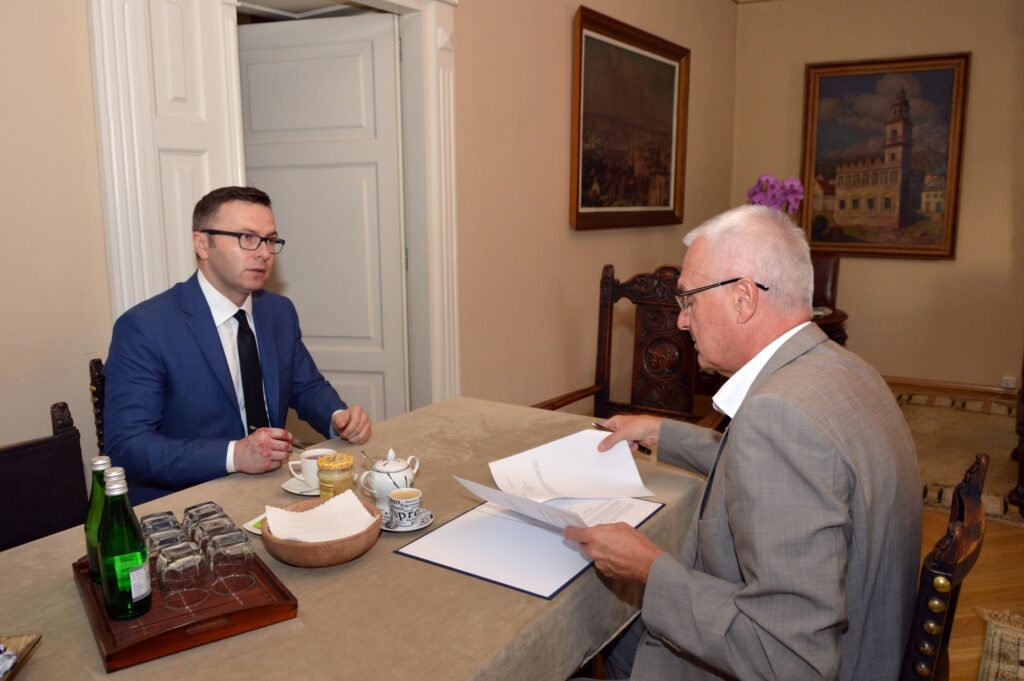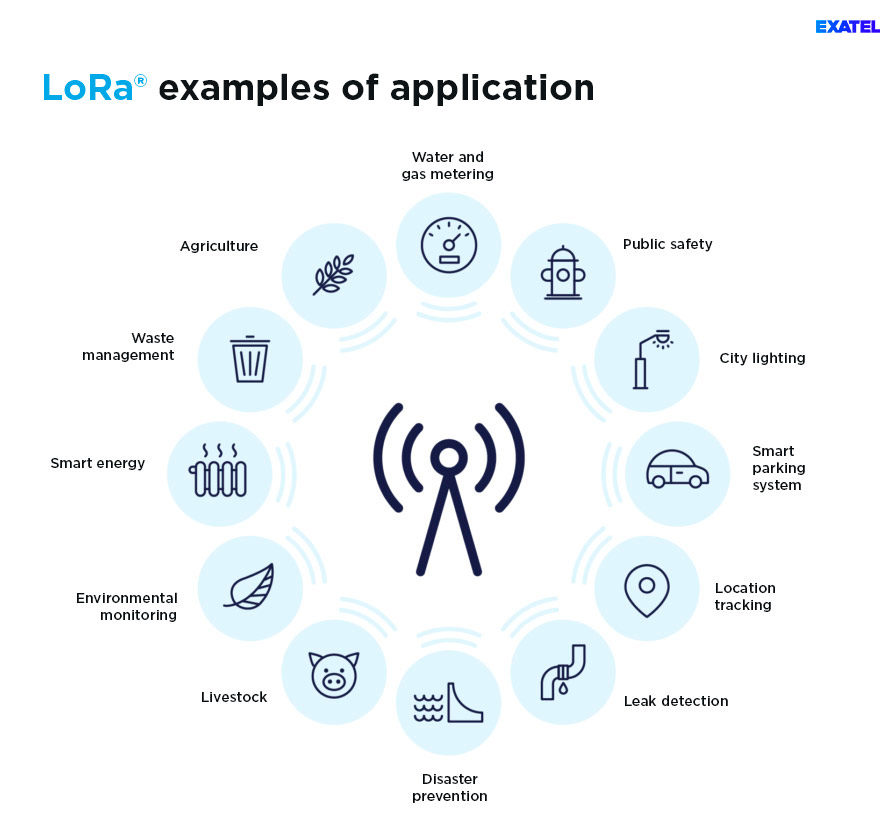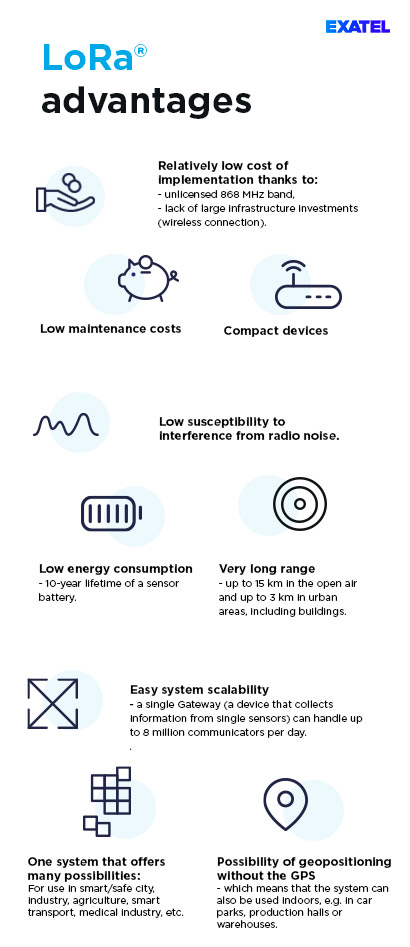Przemyśl will soon start its transformation into a smart city – and all this is owing to the agreement signed today between the City Hall and Exatel SA, a Polish telecommunications company. This means greater security for the residents, among others, because it allows continuous monitoring of the San River level. This is also the first application of the LoRa technology on such a scale and in such a topographically demanding Polish city.
The concept of a Smart City is not a novelty. It means the utilization of ICT technologies for interactivity and for increasing the efficiency of the city and the awareness of its residents. In the era of IoT (Internet of Things), it is almost a natural direction. Despite the fact that these solutions are relatively new in Poland, they are already arousing great interest. This is hardly surprising, especially, when you look at the benefits they bring to city administrators and to the citizens themselves.
Smart City in Przemyśl
This was the assumption made by the authorities of Przemyśl. In cooperation with Exatel SA, a Polish telecommunications operator, they have just commenced a Smart City pilot project. It involves equipping the city with a source of reliable, constantly updated data on, among others, the San River water level, weather conditions or soil moisture.
“Przemyśl is mainly known for its monuments and thousand-year history. However, we want it to be also perceived through modern solutions that are oriented at satisfying resident demands. Our agreement with Exatel SA and the suggested action guarantee that “Smart City” will not only be a curiosity and a catchy slogan, but an actual fulfilment of the needs that our constantly developing city has” – Robert Choma, President of Przemyśl.

LoRa – modern technology at the service of residents
What distinguishes this project from others are the applied solutions. A smart city is based on the LoRaWAN (LoRa for short) technology, which is a vast, narrowband long-range network that is optimized in terms of the lowest possible energy consumption. Although it is known in Poland (and is in use in industry or technology parks), it has not been previously implemented to such an extent in the public space.
“We are glad that this pilot implementation can be executed right away in such topographically diverse and demanding terrain as the city of Przemyśl. This shows that there is real demand for Smart City technology in Poland. -Not only among the residents who have already got used to the Internet of Things, but also on the part of municipal authorities – who treat it as an investment in security, convenience and, in the long-run, a source of potential savings for the budget” – Rafał Magryś, Exatel SA Vice-President of the Board.

Why LoRa?
One of the main arguments supporting this technology is the relatively low implementation cost and solution scalability. The sensors installed by Exatel provide wireless data transmission at a frequency of 868 MHz. This means that the city does not have to incur additional radio band licensing costs and invest in a permanent connection to each of the measuring points. Individual sensors can be located up to 3 km from an antenna (so-called Gateway), and all this in a dense urban development. The system itself is also easily scalable. This means that its expansion is simple and cost-predictable. It is enough to simply place additional sensors and execute related software. Moreover – the sensors themselves do not require external power supply. The built-in battery lasts up to 10 years.
“Such implementations show that a Polish company is capable of efficiently utilizing the latest global technologies. This was the case with the world’s first 5G technology tests in a public space, conducted by us in July in Warsaw. Undoubtedly, innovation is a strength not just found exhibited byt our company, but also by the national economy” – Rafał Magryś, Exatel SA Vice-President of the Board.
The signed agreement provides for system commissioning within two months.



